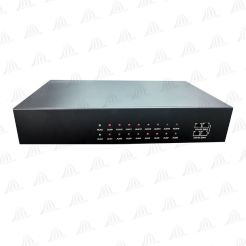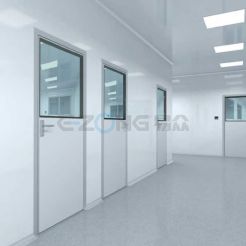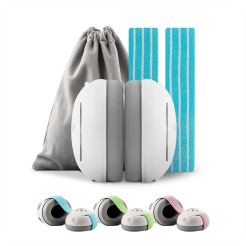Lightweight UHMWPE Ballistic Plate LongKui Ceramic NIJ 0101.06 Level IIIA Rifle Protection Plate Insert
•Made from UD fabric independently developed with UHMWPE fiber •Much lighter than ceramic or metal plates •Curved type (single-curved plates and multi-curved plates) and flat type •Divided into STA (stand-alone) and ICW (in conjunction with vests) •Strong impact resistance and energy absorption ability of warheads and fragments •Customized designs (size, cover, NIJ Level) are supported
Product Description
Related Products:Police Duty Utility Belts
|
Model |
FDCB-IIIP-LK-01 |
FDCB-IIIP-LK-02 |
FDCB-IIIP-LK-03 |
|
Material |
22mmPE |
18.5mmPE |
16mmPE |
|
Weight |
1.67±0.05kg |
1.4±0.05kg |
1.23±0.05kg |
|
Size |
250mm*300mm |
||
|
Types |
Curved, Flat |
||
|
Level |
NIJ Level IIIA |
||
|
BulletStop |
9mm/.44 mag/.357 sig |
||

Pure PE armor plates are ballistic plates made primarily from polyethylene material. These plates are known for their lightweight and durable characteristics, making them popular choices for personal protective gear and military applications.
Polyethylene armor plates can come in various forms, such as soft armor panels or hard armor plates. Soft armor panels are flexible and often used in bulletproof vests, while hard armor plates are rigid and designed to stop high-velocity projectiles.
The advantages of pure PE armor plates include:
Lightweight: Polyethylene is much lighter than traditional materials like steel or ceramic, making it more comfortable for wearers and reducing overall gear weight.
High Ballistic Protection: Pure PE plates can provide excellent protection against a wide range of ballistic threats, including handguns and rifles.
Multi-hit Capability: Polyethylene plates can often withstand multiple hits without compromising their protective capabilities.
Floatation: Some PE plates are buoyant, which can be advantageous for military personnel and first responders working near water.
Reduced Spalling: Polyethylene plates tend to generate less spall (fragmentation) upon impact compared to ceramic plates.
Durability: PE plates are resistant to water, UV rays, and other environmental factors, making them durable over time.
Cost-Effective: In many cases, polyethylene armor plates can be more cost-effective than ceramic or steel alternatives.
It's important to note that the effectiveness of any armor plate depends on its specific design, quality, and the level of protection it offers. Users should choose armor plates that are appropriate for their intended use and are certified to meet industry standards for ballistic protection.











